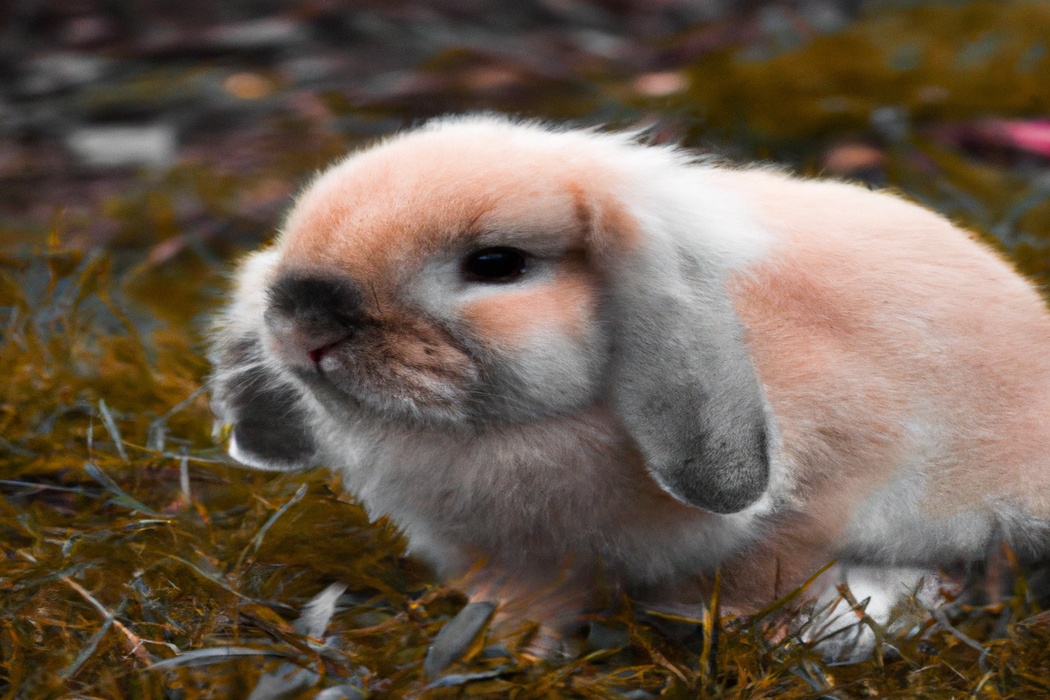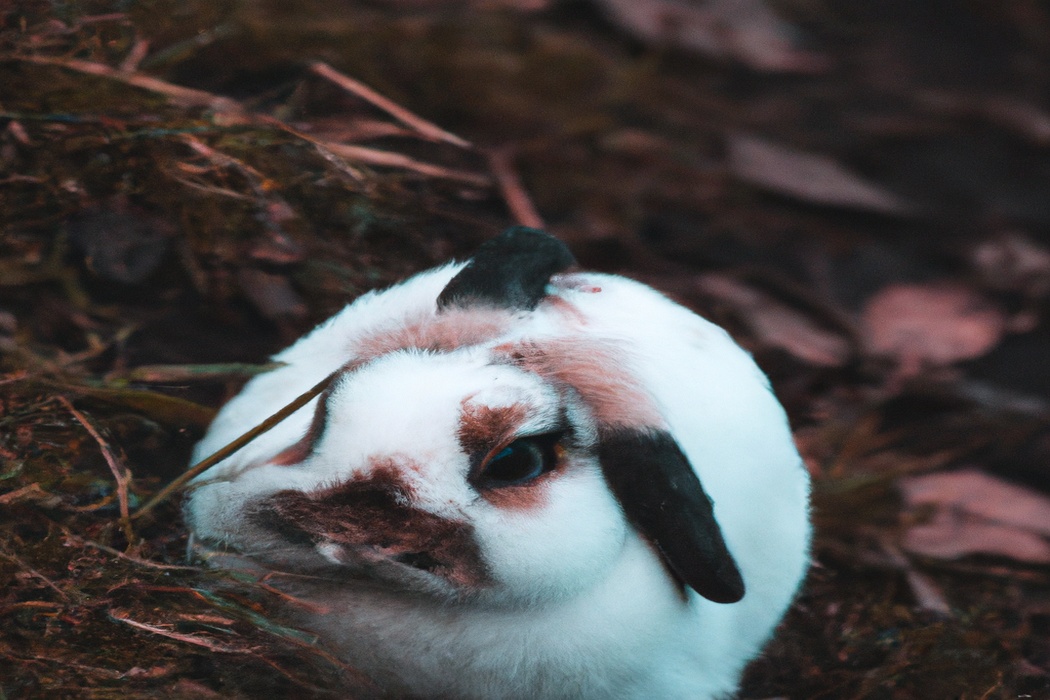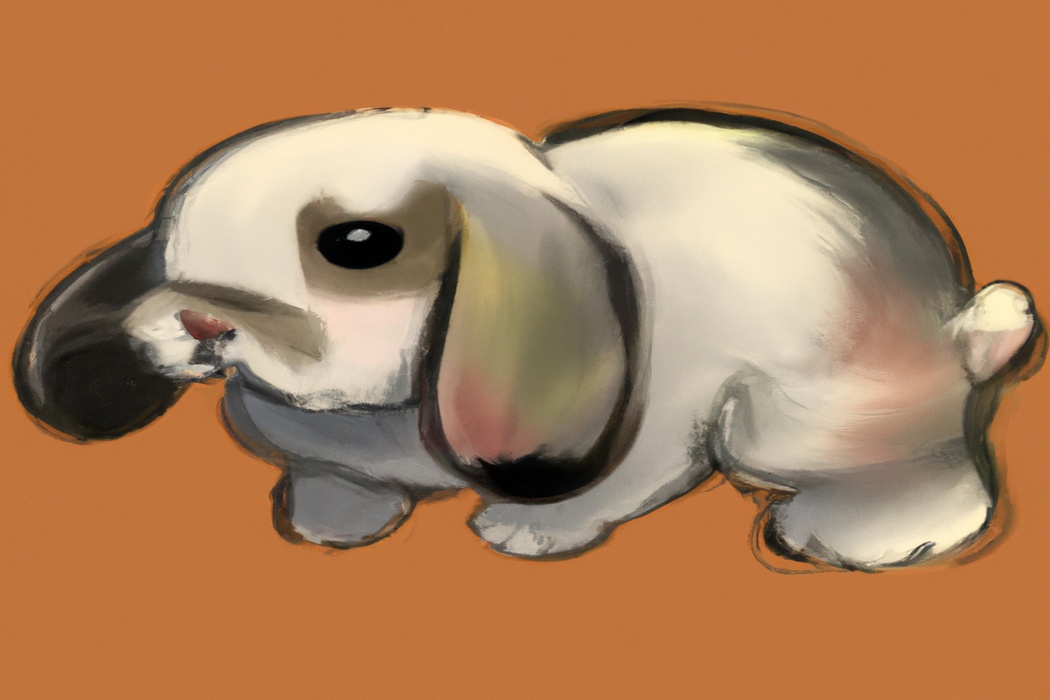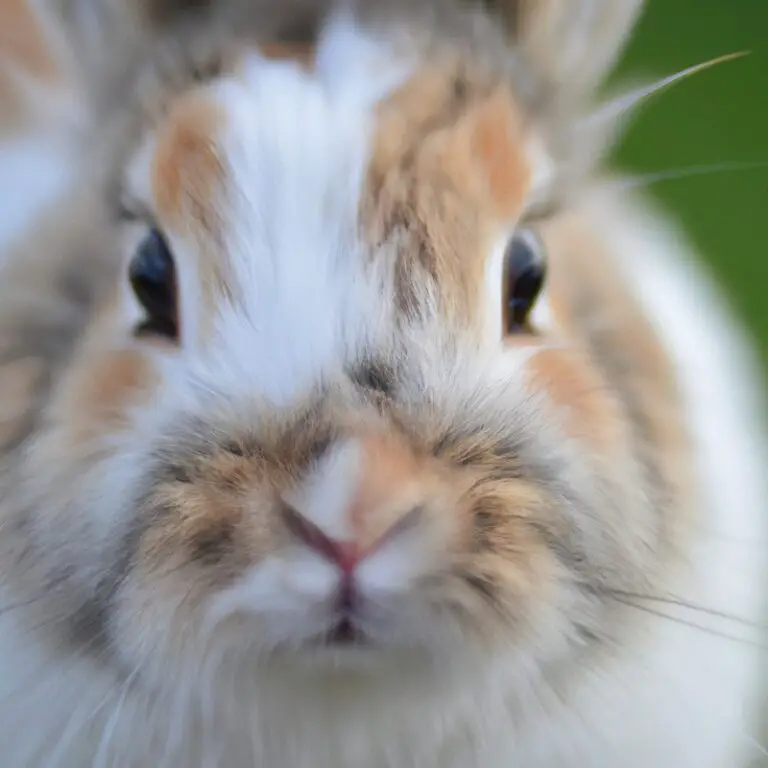Are Rabbits Born With Fur? The Truth Revealed!
Key Takeaways:
- Rabbits are born without fur but develop a full coat within a few days.
- Newborn rabbits rely on their mothers for warmth and protection until their fur grows in.
- The absence of fur at birth allows the mother rabbit to easily clean her newborns.
- The timeline for fur growth varies between rabbit breeds, but generally takes around 7-10 days.
Are rabbits born with fur? It’s a question that may have crossed your mind if you’ve ever encountered a fluffy bunny hopping around.
Well, the answer might surprise you.
In this article, we’re going to explore the fascinating world of rabbit fur and uncover the truth about whether these adorable creatures come into the world already covered in a cozy coat. Understanding the growth cycle of rabbit fur is crucial in unraveling this mystery, and we’ll dive into the development of fur in newborn rabbits.
So, let’s uncover the secrets of these furry little creatures and discover what makes their coats so special.
| Are Rabbits Born with Fur? | |
|---|---|
| Yes | No |
| Rabbits are born with fur | Rabbits are not born with fur |
| The fur is generally thin and sparse | The fur starts growing a few days after birth |
| The fur helps to regulate their body temperature | |
Are rabbits born with fur?
Rabbits are indeed born with fur.
Explanation of rabbit fur growth cycle
Rabbit fur growth cycle can be divided into three phases: anagen, catagen, and telogen.
During anagen, fur growth occurs and new hairs replace old ones.
Catagen is a brief transition phase before the hair stops growing.
Finally, during telogen, the old hair sheds and the new hair starts to grow.
This cycle helps rabbits maintain a healthy and insulated coat throughout the year.
It’s important to note that the duration of each phase can vary depending on the rabbit’s breed and environmental factors.
Discussion on the development of fur in newborn rabbits
Newborn rabbits are not born with fur.
Their fur development begins shortly after birth.
During the first week, their skin is covered in a thin layer of hair called “natal fur.” As they grow, their hair follicles start producing thicker and denser fur.
By the time they are two to three weeks old, they have a full coat of fur.
This process helps to keep them warm and protected as they continue to develop.
It’s important to handle newborn rabbits with care due to their delicate and sensitive skin.
Why do rabbits need fur?
Rabbits need fur for insulation, temperature regulation, and protection from predators and environmental factors.
Importance of fur for insulation and temperature regulation
Rabbits need fur because it helps them with insulation and temperature regulation.
Their fur acts as a natural barrier, protecting them from both the cold and the heat.
The fur traps a layer of air close to their bodies, creating insulation that keeps them warm in colder temperatures.
In warmer weather, rabbits can also shed their fur to regulate their body temperature and stay cool.
This is why their fur is so important for their survival in various climates and environments.
Fur is nature’s way of helping rabbits adapt and thrive!
Protection from predators and environmental factors
Rabbits need fur primarily for protection from predators and environmental factors. Fur serves as a camouflage, helping them blend into their surroundings and making it harder for predators to spot them.
It also provides insulation, keeping them warm in the winter and cool in the summer.
Fur acts as a barrier against harsh weather conditions, such as rain or wind, and protects their sensitive skin from sunburn. Additionally, fur acts as a defense mechanism, making it difficult for predators to grab hold of them.
Overall, fur is crucial for the survival of rabbits in the wild as it helps them stay safe and comfortable.
How does rabbit fur change as they grow?
As rabbits grow, their fur undergoes changes in color and texture.
Description of the changes in fur color and texture during different stages of rabbit growth
Rabbit fur undergoes distinct changes in color and texture as they grow.
When they are born, rabbits have very fine and often lightly colored fur.
As they mature, their fur becomes denser, fuller, and darker in color.
This is due to the development of the hair follicles and the pigmentation process.
The color and texture of their fur may continue to change as they reach adulthood, with some breeds having distinct patterns or variations.
The exact changes in fur color and texture may vary among individual rabbits and breeds.

Factors influencing fur development
Several factors influence the development of a rabbit’s fur.
Firstly, genetics play a significant role in determining the thickness, color, and texture of the fur.
Additionally, environmental factors such as temperature and nutrition can impact fur growth and quality.
Regular grooming and hygiene also play a part in maintaining healthy fur.
It’s essential to provide a comfortable and enriched environment for rabbits to support proper fur development.
Regular veterinary care can help address any issues that may arise with a rabbit’s fur.
How can you tell if a baby rabbit has fur?
To determine if a baby rabbit has fur, look for physical signs such as a soft and fluffy coat covering their body.
Physical signs to look for in newborn rabbits to determine if they have fur or not
To determine if a newborn rabbit has fur or not, there are a few physical signs you can look for.
Firstly, check the appearance of their skin.
If it looks smooth and bare, then the rabbit likely does not have fur yet.
Secondly, observe their body temperature.
If the rabbit feels cold to the touch, it may not have developed enough fur to keep warm.
Thirdly, take a closer look at their overall appearance.
If you see fine hairs covering their body, it indicates the presence of fur.
Remember, baby rabbits develop fur gradually, so these signs can help you determine their fur status.
Differences between hairless and furred newborn rabbits
Hairless newborn rabbits, also known as kits, have no fur on their bodies.
They are born with wrinkled pink skin, making them look almost translucent.
In contrast, furred newborn rabbits have a soft coat of fur covering their bodies.
The fur can range in color and length, depending on the breed of the rabbit.
Both hairless and furred newborn rabbits are incredibly delicate and require proper care and attention to ensure their well-being.

Frequently Asked Questions about rabbit fur
Do all rabbit breeds have the same type of fur?
No, all rabbit breeds do not have the same type of fur. Rabbit breeds have different fur types, which can vary in length, texture, and color.
Some breeds have short, dense fur, while others have longer, softer fur.
Additionally, rabbits can have fur that is smooth, curly, or even rex, which has a velvety texture. The variations in fur types are a result of selective breeding for different traits in different rabbit breeds.
How can I take care of my rabbit’s fur properly?
To take care of your rabbit’s fur properly, there are a few key things you can do. Firstly, make sure to brush your rabbit regularly, as this helps remove loose fur and prevent matting.
Secondly, provide a balanced diet with plenty of hay and fresh water, as good nutrition contributes to healthy fur.
Thirdly, ensure your rabbit’s living environment is clean, as a dirty cage can lead to fur problems. Lastly, keep an eye out for any signs of illness or skin issues, and consult a veterinarian if necessary.

Can rabbits change their fur color?
Yes, rabbits can change their fur color.
This process is called molting, where rabbits shed their old fur and grow new fur.
During molting, their fur color may change as the old fur is replaced by new fur.
This can result in a noticeable change in color, particularly in rabbits with mixed or multi-colored fur.
However, it’s important to note that not all rabbits change their fur color during molting, and some may only experience subtle changes.
Final Verdict
Rabbits are indeed born with fur, although it may not be fully developed or visible at the moment of birth. Rabbit fur undergoes a growth cycle, starting with a fine and sparse covering and gradually becoming thicker and denser as they mature.
Fur serves several vital purposes for rabbits, such as insulation, temperature regulation, and protection from predators and environmental factors.
As rabbits grow, their fur color and texture may also change, depending on genetic factors and environmental influences. It is crucial to properly care for a rabbit’s fur to maintain its health, cleanliness, and overall well-being.
Remember to regularly brush and groom your rabbit, provide a balanced diet, and give them a safe and comfortable living environment.
Overall, understanding the development and characteristics of rabbit fur can help rabbit owners better care for their furry companions.







